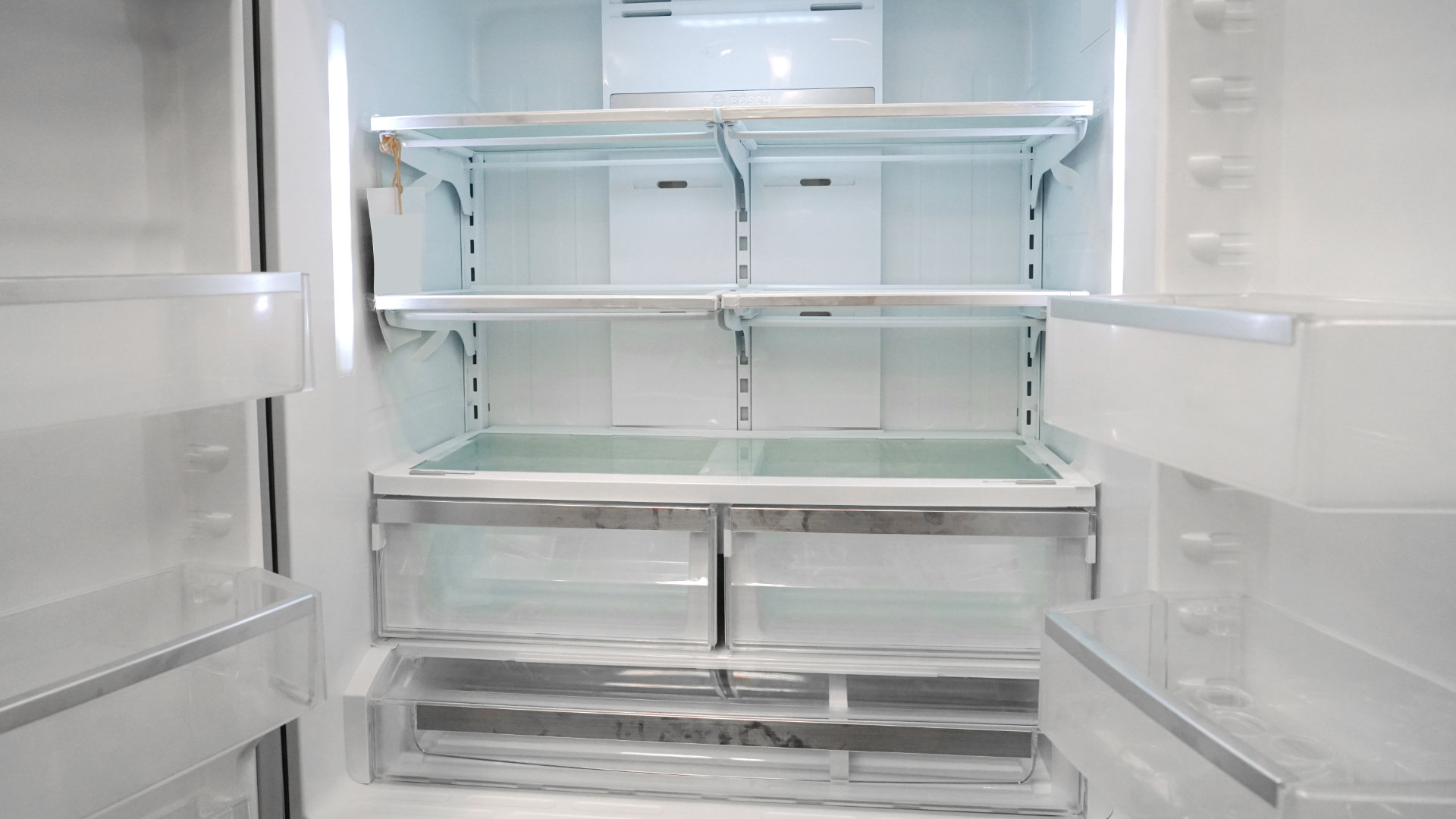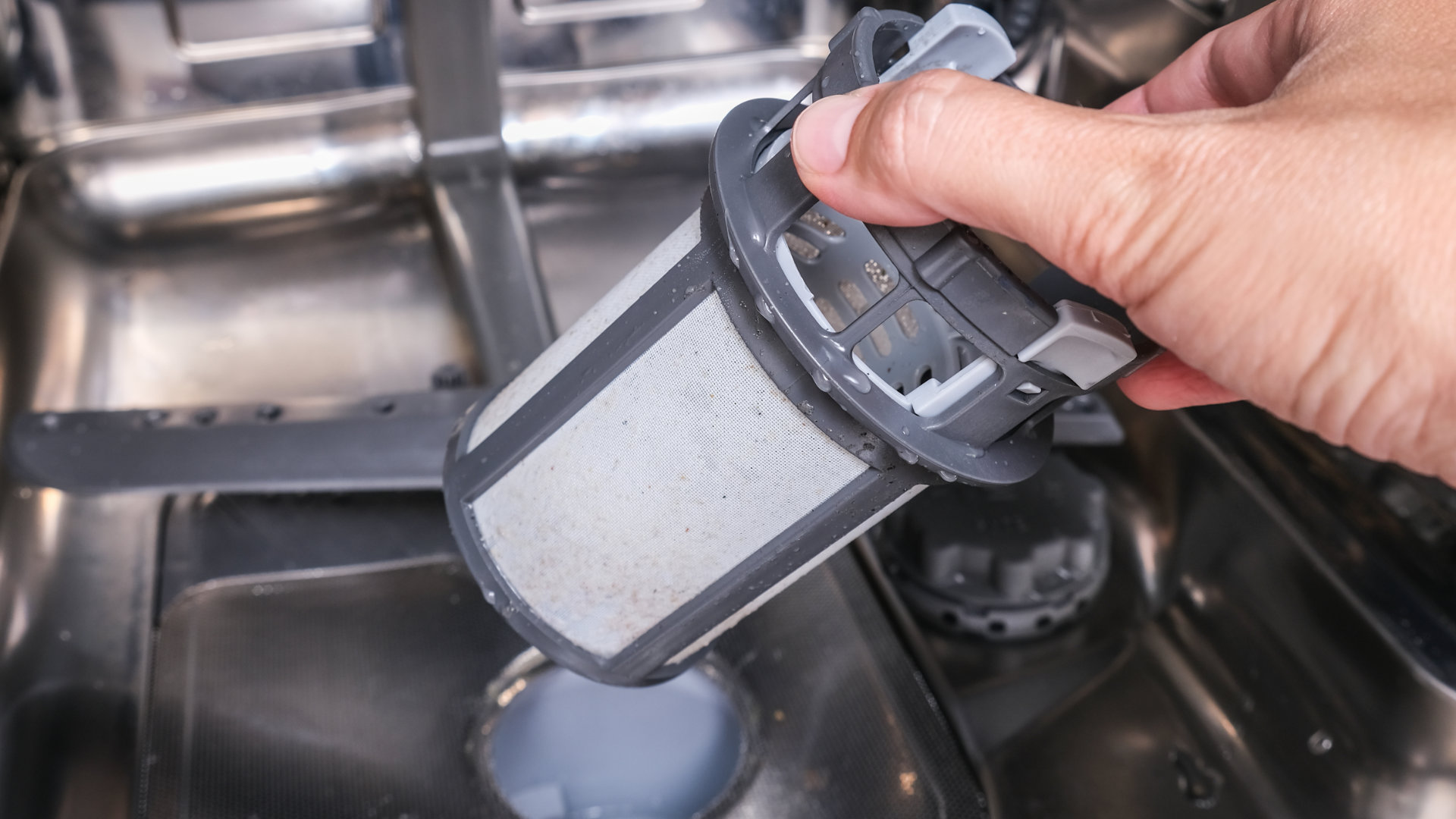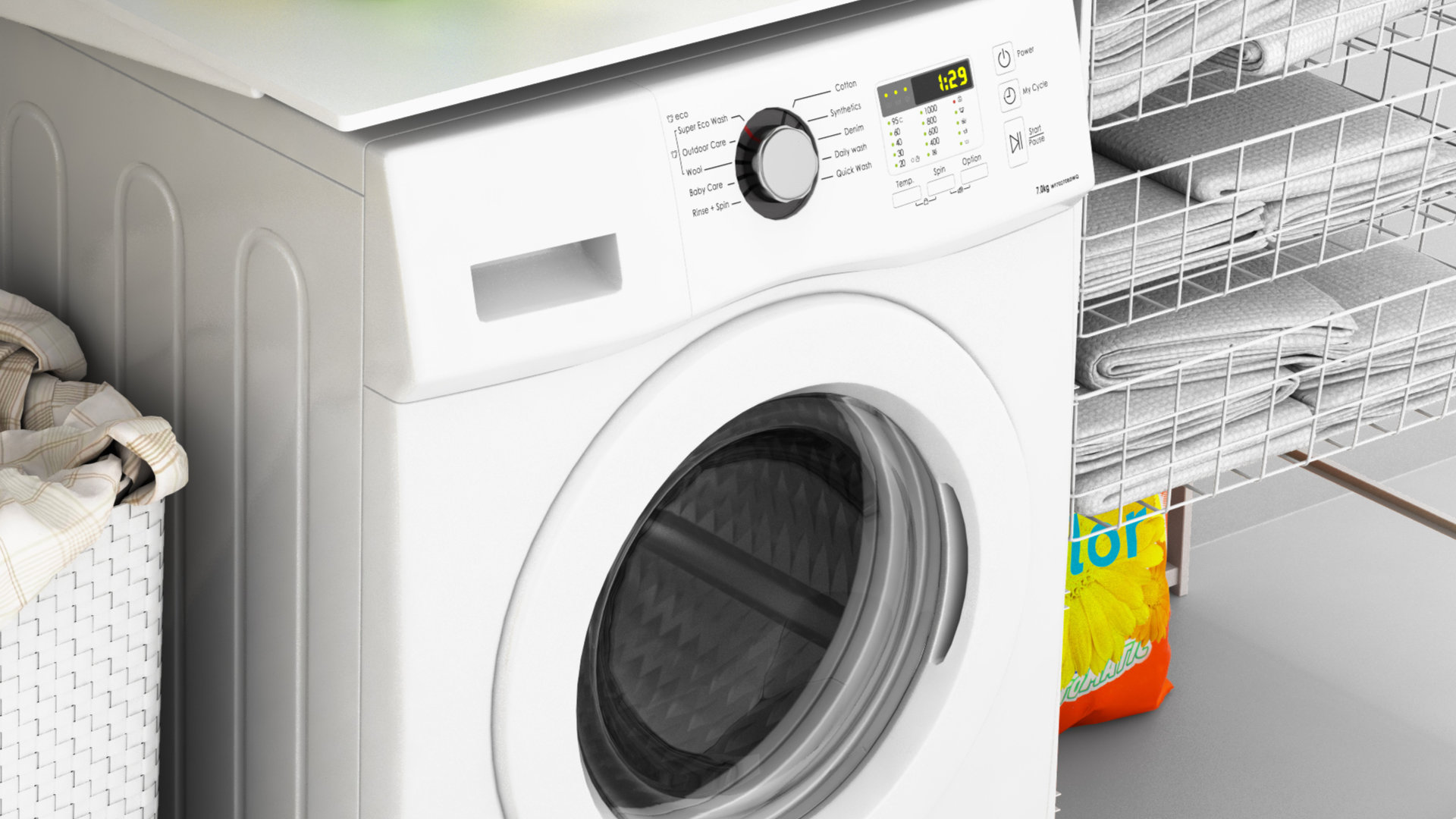
Is your Samsung dryer not heating? Then this is the article for you.
Simply check each of the components listed in this article, and you should be able to find the cause and fix it.
This guide covers most models of Samsung dryers, including:
DV203AEWXAA
DV203AGSXAA
DV203AGWXAA
DV206AESXAA
DV206AGSXAA
DV209AEWXAA
DV210AEWXAA
DV210AGWXAA
DV316LEWXAA
DV328AEGXAA
DV328AERXAA
DV330AEBXAA
DV330AEWXAA
DV331AERXAA
DV331AEWXAA
DV410AERXAA
DV410AEWXAA
DV419AEUXAA
DV419AEWXAA
DV448AEPXAA
DV448AEWXAA
Thermal Fuse
The first component to check is the thermal fuse. The purpose of this component is to help protect the dryer if it starts to overheat.
To check the thermal fuse:
- Make sure that the power is switched off to the dryer.
- Remove the top and side panels.
- Locate the thermal fuse. You can find it on the blower housing or at the heat source of the dryer (for gas heaters, it will be on the burner, and for electric dryers, it will be on the heating element).
- Once located, you need to use a multimeter to check it for continuity.
- When checking the fuse, it should be closed for continuity. This means that it should have a continuous electrical path through it. When the fuse has no continuity, this means it needs to be replaced, as it has blown.
- After replacing the fuse, you then need to make sure that the exhaust vent is not blocked up, and if it is, unblock it so the fuse doesn’t blow again in the future.
Gas Valve Solenoid and Igniter
If you have a gas-powered dryer, the next components to check are the gas valve solenoid and the igniter (if your dryer is electric, then skip to checking the heating element). Depending on the specific model of your Samsung dryer, it will have two or more gas valve solenoid coils, which help to open the gas valve ports so that gas can flow to the burner assembly. The igniter then ignites the gas so that your dryer can heat. If either of those components fails, your dryer won’t be able to heat.
To check them:
- To check if the gas valve solenoid is faulty, you need to check if the igniter is working. To do this, you need to see if the igniter glows and ignites the gas or if it just goes out without igniting the gas.
- If the igniter does not glow at all, then check it for continuity. If the igniter has no continuity, it will need to be replaced.
- If the gas does not ignite but the igniter does glow, then you need to replace the whole set of gas valve coils.
- If you’ve replaced either the gas valve solenoid coils or the igniter, then check if the problem has been fixed. Sometimes you’ll need to replace both.
Flame Sensor
Another component that might be causing your dryer to not heat if it’s a gas dryer is a faulty flame sensor. The flame sensor detects how hot the dryer is from the flame, and when it stops working, your dryer won’t be able to heat.
Checking the flame sensor is easy; you just need to:
- Make sure the dryer is switched off from its power source.
- Locate the flame sensor (remove the top and side panels if you haven’t already).
- Use a multimeter to check the sensor for continuity (make sure it is at room temperature when you check it).
- If the sensor has continuity, then it is working correctly, and you can move on to checking the next component. However, if the test shows no continuity, it will need to be replaced.
Heating Element
For electric dryers, the heating element is how the air gets heated up before it goes into the dryer drum. When it stops working correctly, your Samsung dryer won’t heat.
To check the element:
- Make sure the power is switched off to the dryer.
- Remove the top and side panels so you can locate the heating element.
- Use a multimeter to check it for continuity. If it has no continuity, it needs to be replaced. If it does have continuity, then it’s working fine, and you can move on to checking the next component.
Check the Incoming Power
Another possible cause of your Samsung dryer not heating is if there is a problem with the incoming power to your dryer. Electric dryers require two legs of 120 volts AC (250 volts in total) to operate correctly. Sometimes one of the fuses can trip, which means the dryer might still run but not heat.
To check the fuses:
- Locate your household fuse box.
- Locate the correct fuses that power the dryer.
- Test each fuse with a multimeter to ensure it has the correct voltage, and if not, you’ll need to replace it.
High-Limit Thermostat
If the problem wasn’t caused by an issue with the power supply, then the next thing to check is the high-limit thermostat. This thermostat monitors the temperature in your dryer and shuts the burner off if your dryer overheats. When it becomes faulty, your dryer may shut off when it shouldn’t.
check the high-limit thermostat:
- Make sure the power is still switched off.
- Locate the high-limit thermostat.
- Test the thermostat with a multimeter to see if it has continuity.
- If the test shows no continuity, then it needs to be replaced; if it does have continuity, it is working correctly, and you can move on to checking the next component.
Cycling Thermostat
Most dryers also have a cycling thermostat that works to cycle the heat on and off to regulate the air temperature in the dryer. When it becomes faulty, your dryer won’t heat.
To check the cycling thermostat:
- Make sure the power is still switched off.
- Locate the cycling thermostat.
- Test the thermostat with a multimeter to see if it has continuity.
- If the test shows no continuity, then it needs to be replaced; if it does have continuity, it is working correctly, and you can move on to checking the next component.
Timer
If you still haven’t found the cause of your dryer not heating, the next component you can check is the timer. Timers in dryers don’t break down very often, but it can happen.
If you’ve checked out all of the other components above, then to check the timer:
- Make sure the power to the dryer is still switched off.
- Locate the timer.
- Use your multimeter to check the timer for continuity.
- If it has continuity, then it is working fine, and if not, it needs to be replaced.
Main Control Board
If you still haven’t found the cause of the problem, your final option is to replace the main control board. The main control board is basically the “brain” of your dryer, and when it becomes faulty, your dryer will stop working correctly. Control boards are hard to test, so if you’ve tried everything else, consider replacing the control board and then check if the problem has been solved. However, depending on how old your dryer is, it might be a better option to just buy a new one.

How to Reset a Whirlpool Refrigerator Ice Maker

6 Reasons Your LG Refrigerator Is Not Making Ice

Kenmore Fridge Ice Maker Not Working? 5 Ways to Fix It

How to Remove Fish Smell from Your Refrigerator

How To Fix Bosch Dishwasher E24 Error

Troubleshooting a Whirlpool Dishwasher Not Draining

Why Is Your Fridge Water Not Working, but Ice Is?

How to Fix the E15 Bosch Dishwasher Error Code

How Much Power Does a Microwave Use?

How to Properly Clean Refrigerator Coils

How to Fix an LG Washer Showing OE Error Code

Troubleshooting a GE Dishwasher with No Power and No Lights

10 Reasons Why Your Bosch Dishwasher Won’t Start

Troubleshooting the F5 Error Code with a Maytag Washer


